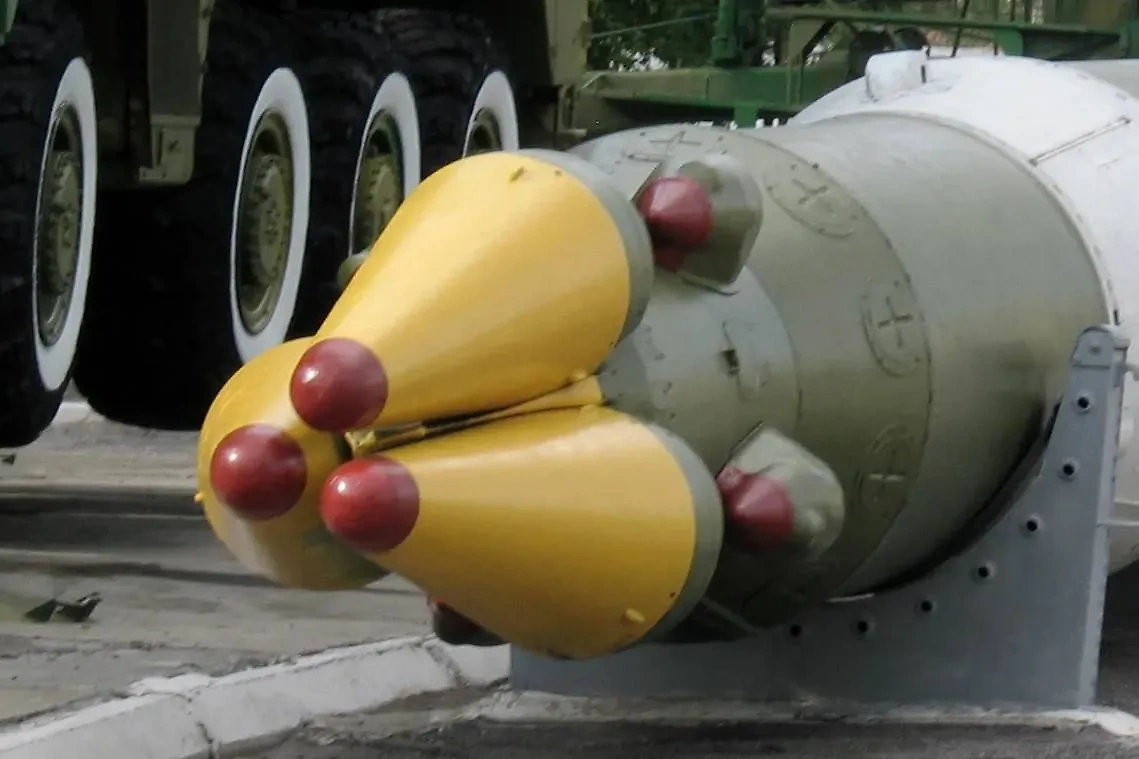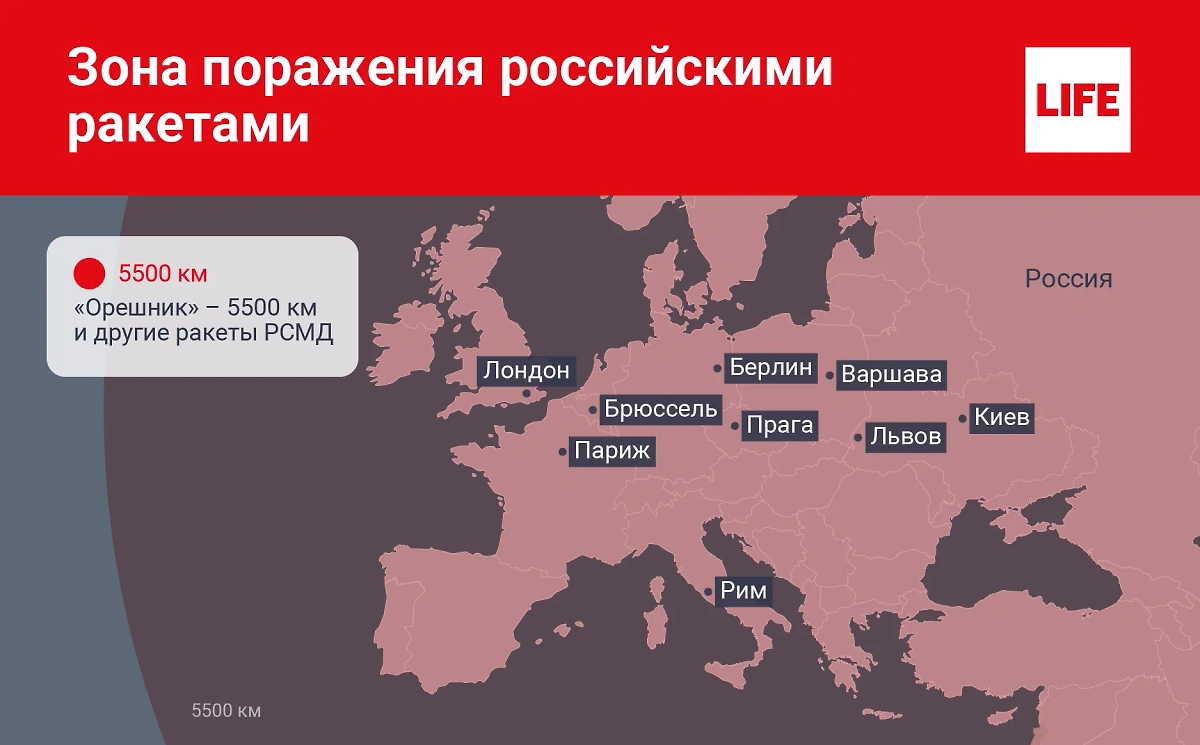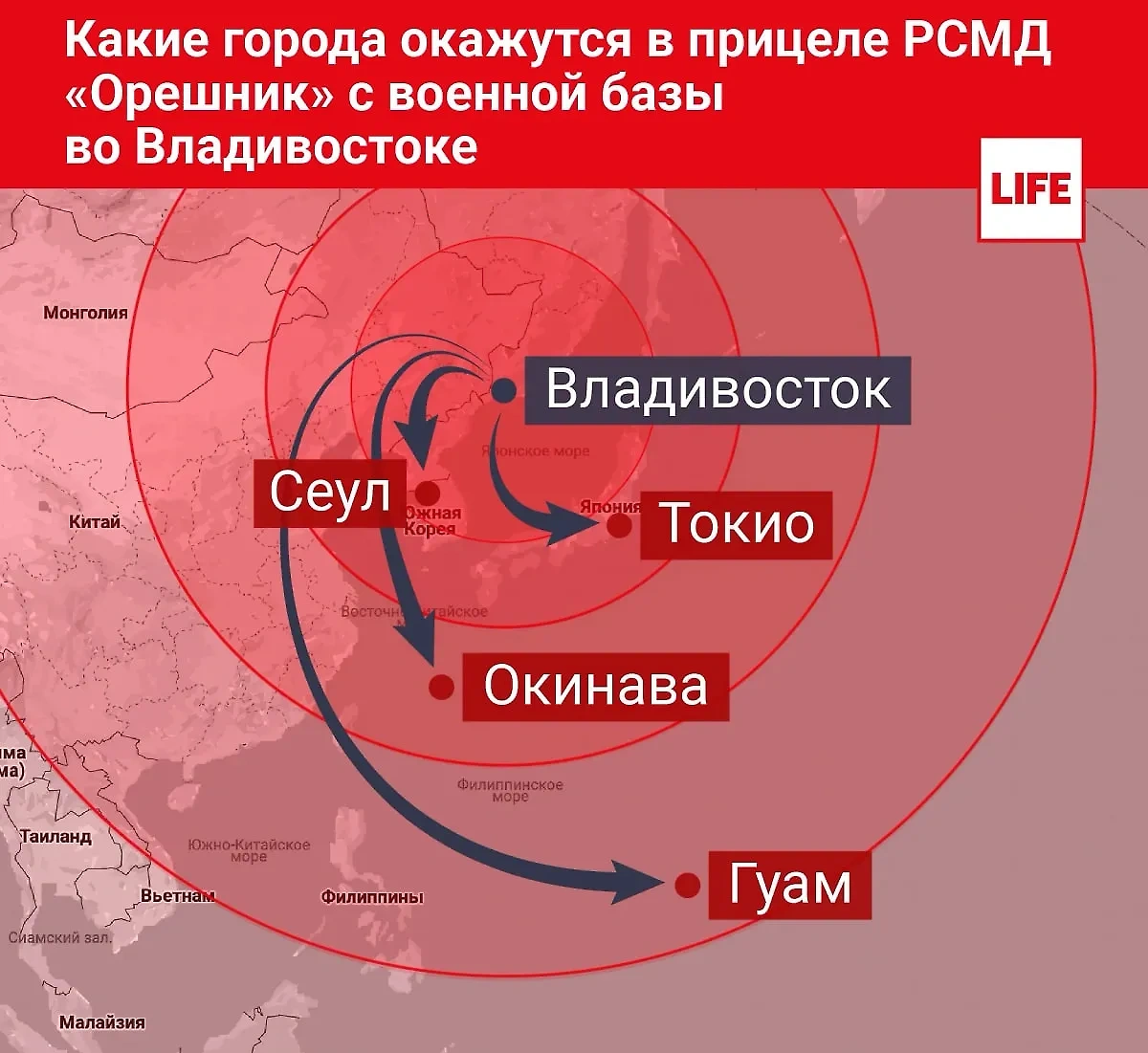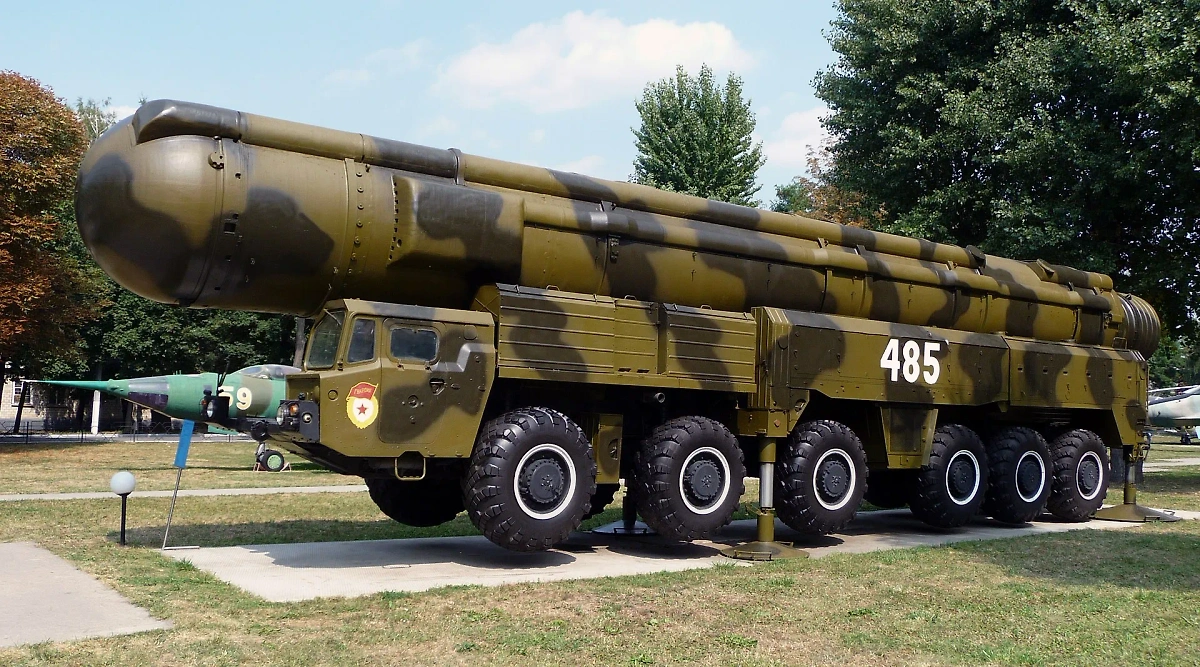-
11th August 2025 21:08
Link to Post #1
 Avalon Retired Member
Avalon Retired Member
 The world will never be the same again. Russia has lifted the moratorium on intermediate-range and shorter-range missiles
The world will never be the same again. Russia has lifted the moratorium on intermediate-range and shorter-range missiles
Russia has officially lifted the moratorium on the deployment of intermediate-range and shorter-range missiles. He explains how this will affect the global balance of power and why withdrawal from the INF Treaty is a necessary measure. Life.ru .
All articles by the Russian Bear: https://projectavalon.net/forum4/sho...=1#post1672458

Warheads of the RSD-10 Pioneer medium-range missile. The cover © Wikipedia
Russia has thrown off its shackles: why the moratorium on the INF is no longer valid
On August 4, 2025, Russia made a truly historic decision and officially lifted the self-restriction on the deployment of intermediate-range and shorter-range missiles (INF) based on land. Moscow has been complying with the requirements of the moratorium on the elimination and non—deployment of the INF for almost 40 years, and the last six have been on its own initiative. However, the strategic imbalance caused by the United States forced the Kremlin to untie its hands.
"The Russian Foreign Ministry notes the disappearance of conditions for maintaining a unilateral moratorium on the deployment of similar weapons and is authorized to declare that the Russian Federation no longer considers itself bound by the relevant previously adopted self—restrictions," the press service of the Russian Foreign Ministry said.
The era in which Russia restrained itself in the hope of reciprocity is over. Numerous calls to Washington to avoid a new arms race did not find a response: the American military-political machine saw in the elimination of the INF Non-Proliferation Treaty only an opportunity to undermine the global balance of power. The time has come for us to show our teeth, according to the Russian Security Council. This is a gesture dictated by NATO countries' blatant disregard for the principles of equal security, they say.
"This is a new reality that all our opponents will have to take into account. Expect further steps," warned Deputy Chairman of the Security Council Dmitry Medvedev.
Who was the first to violate the INF Treaty — a chronicle of betrayal
The Treaty on the Elimination of Intermediate-range and Shorter-range Missiles was signed on December 8, 1987 by the 40th President of the United States, Ronald Reagan, and the last Secretary General of the Central Committee of the CPSU, Mikhail Gorbachev. The agreement provided for the decommissioning and disposal of all shorter-range (500 to 100 km) and medium-range (1000 to 1500 km) missiles. The requirements of the moratorium were fulfilled in record time: by 1991, both nuclear powers had reported on the destruction of arsenals.

Gorbachev and Reagan sign the INF Treaty at the White House. Photo © Public domain
In 2018, Donald Trump unfairly accused Russia of allegedly "non-compliance" with the moratorium and announced the US withdrawal from the treaty. On February 1, 2019, Washington suspended its operation, and Moscow responded with a similar step. And on August 2, the agreement officially ceased to exist. At that time, contrary to the expectations of the West, the Russian Federation did not rush to build up its arsenals, but assumed a unilateral commitment not to deploy such missiles first. The States, on the other hand, have gone all out.
According to the Russian Foreign Ministry, since 2023, there have been precedents for the transfer of American systems capable of ground-launched INF missiles to European NATO countries and the Asia-Pacific region. We are talking, for example, about Typhon mobile launchers, in the mines of which Tomahawk cruise missiles can be placed. They have recently been based in Denmark, Australia and the Philippines. Germany will join this list in 2026. In addition, the Pentagon has already deployed abroad the first medium-range hypersonic system, the Dark Eagle. The complex was involved in the Talisman Sabre 2025 exercises in Australia.
"These actions are aimed at harming the security of our country. <...> Without nerves, without emotions, we will work out, first of all, a military response to the new threat," Russian Deputy Foreign Minister Sergei Ryabkov commented on the upcoming transfer of the INF to Germany.

ПУ Typhon.
17 minutes to Europe: what are Russia's targets?
Today, Russia officially has in service and is mass-producing the only land-based medium-range missile that falls under the INF Treaty. We are talking about the Oreshnik hypersonic complex, which became a real global sensation after the strike on the Yuzhmash plant in Dnepropetrovsk, Ukraine.
A blow to Yuzhmash.
The Russian rocket has a separable warhead, with each warhead reaching speeds of up to Mach 10, reaching temperatures comparable to the surface of the Sun. It is impossible to intercept such an aerial target. If we take into account the words of Russian President Vladimir Putin that the use of several "Hazel nuts" at once is comparable in effect to nuclear weapons, we can roughly name the power of each warhead — tens of kilotons.

The zone of destruction by Russian INF missiles in Europe.
The flight range of the Oreshnik, which reaches 5,500 kilometers, allows it to hit any targets in Europe. The flight time of the missile from the Kapustin Yar test site to the NATO headquarters in Brussels will be 17 minutes, to Ramstein air base in Germany - 15 minutes. It will take her 11 minutes to reach the US missile defense base in Redzikowo, Poland.
If missiles are deployed in the Far East, all American bases in the Asia-Pacific region, as well as Alaska, will be in the affected area. Recall that it is there that almost all the missiles of the US National Missile Defense system are based. And if Moscow follows Washington's example and sends hypersonic systems to its allies in Latin America or Cuba, the United States and most of Canada will be in the red zone. The latter scenario is very similar to the outbreak of the Caribbean crisis, which may happen again due to the fault of the White House.

The Russian INF missile strike zone in the Asia-Pacific region.
Note that the Russian Air Force also has the X-101 missile and its nuclear-powered brother, the X-102, with a range of up to 5,500 kilometers. They did not fall under the moratorium, as the document prohibited only ground-based complexes. In addition, as military commander Alexander Kots noted, Soviet RSD-10 Pioneer medium-range missiles could remain in the bins of Russian warehouses.
"We have a wagon of Soviet designs that can be quickly put into production. In particular, the RSD-10 Pioneer medium-range missile with a range of 600 to 5,500 kilometers. If it is deployed in the European part of the country, then any NATO base in Europe or a major city can be destroyed within 10 minutes," he said.

The RSD-10 Pioneer launcher in the museum.
Caribbean Crisis 2: Will Russia respond in Cuba?
Curiously, both the withdrawal of the two powers from the INF Treaty and Russia's lifting of self-restrictions on the deployment of such missiles occurred during the reign of Donald Trump. The "peacemaker of the entire United States," with whose good intentions a six-lane highway can be paved into hell, did not realize after his first presidential term that Russia would not allow a one-way game with it. The lifting of the moratorium will necessarily be followed by the lifting of the moratorium, and the threat to redeploy submarines will be followed by the deployment of medium—range hypersound.
At a time when the West, in the spirit of the Cold War, openly declares its goal of inflicting a "strategic defeat" on Russia, Moscow simply does not have room for half measures. Therefore, the decision to end the unilateral self—ban on the deployment of intermediate-range and shorter-range missiles is no longer a policy, but a matter of survival.
Last edited by Russian Bear; 12th August 2025 at 08:23.
-
The Following 4 Users Say Thank You to Russian Bear For This Post:
Nasu (12th August 2025), Raskolnikov (12th August 2025), Vicus (11th August 2025), Violet3 (12th August 2025)
Tags for this Thread
 Posting Permissions
Posting Permissions
- You may not post new threads
- You may not post replies
- You may not post attachments
- You may not edit your posts
Forum Rules














 Reply With Quote
Reply With Quote

Bookmarks